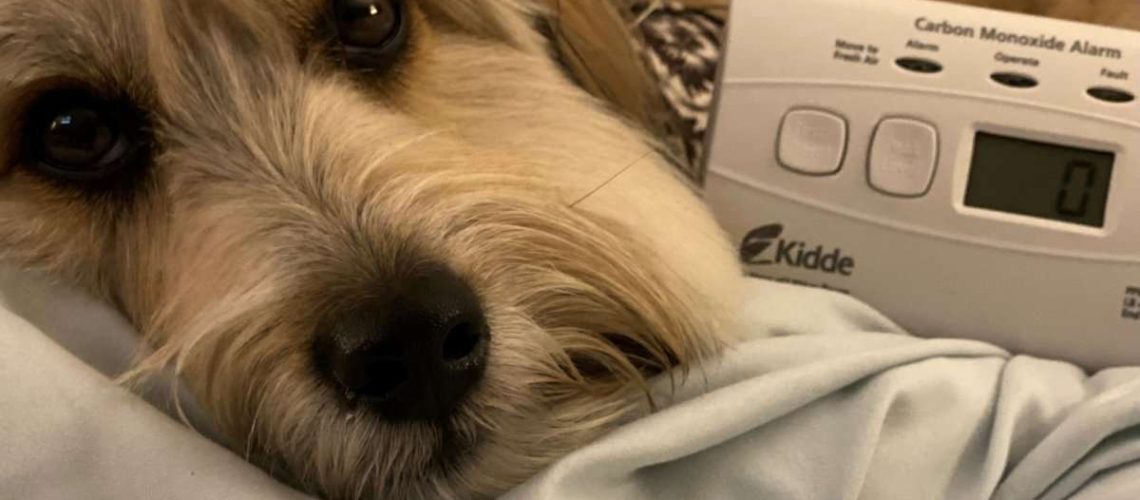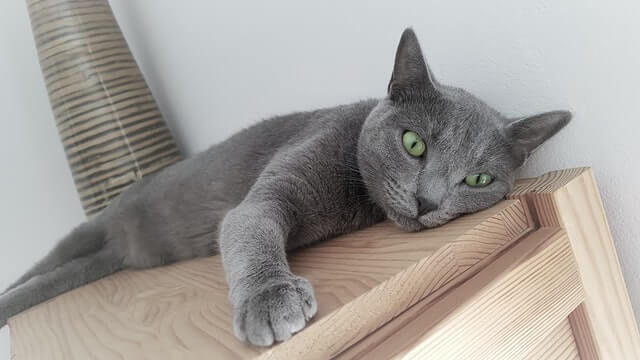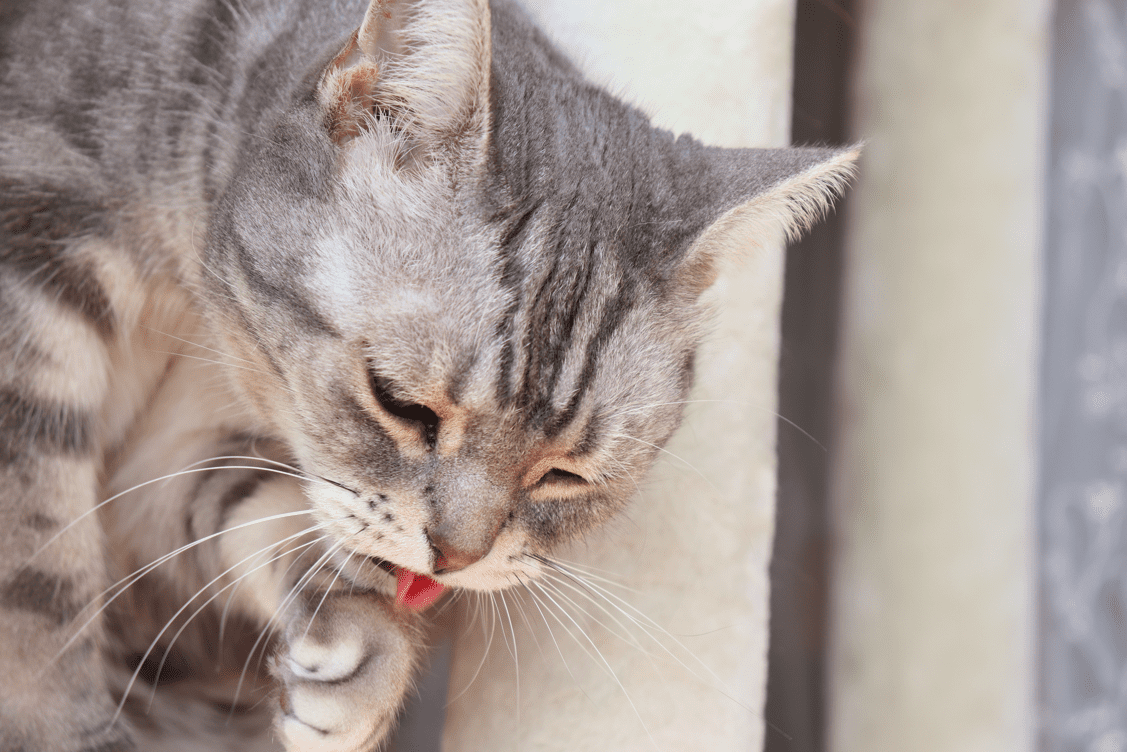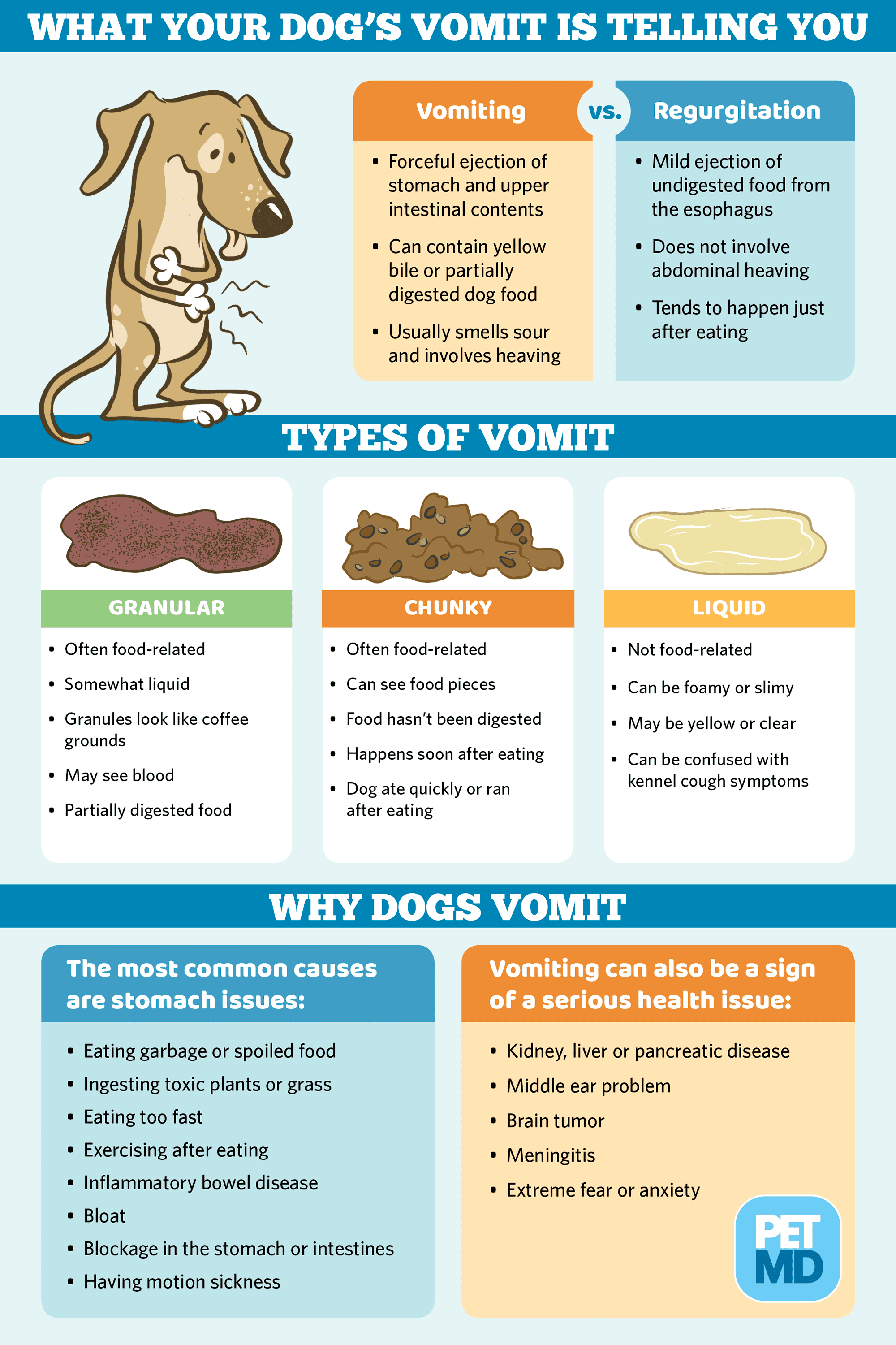Key Takeaways:
- Carbon monoxide poisoning can be fatal for pets, so it is crucial to be aware of the dangers and take preventative measures.
- Pets are more susceptible to carbon monoxide poisoning than humans due to their smaller size and faster metabolism.
- Symptoms of carbon monoxide poisoning in pets include lethargy, difficulty breathing, vomiting, and loss of coordination.
- To prevent carbon monoxide poisoning, make sure your home is properly ventilated, install carbon monoxide detectors, and have your heating systems regularly inspected.
- If you suspect your pet has been exposed to carbon monoxide, seek immediate veterinary attention as prompt treatment can save their life.
Did you know that your furry friends are at risk of a silent killer lurking in your home? Carbon monoxide poisoning is not just dangerous for humans, but it can also be deadly for pets. Understanding the dangers of carbon monoxide poisoning in pets is essential to keeping them safe and healthy. In this article, we will explore the hidden dangers of this odorless and colorless gas, how it affects our beloved companions, and what steps you can take to protect them. So buckle up and get ready to dive into this crucial topic that could save your pet's life.
Understanding Carbon Monoxide Poisoning in Pets: A Dangerous Threat
Carbon monoxide (CO) is a colorless, odorless gas that can be extremely dangerous for both humans and pets. When inhaled, it replaces oxygen in the bloodstream, leading to serious health issues. Pets are particularly vulnerable to carbon monoxide poisoning because they often spend more time indoors and have smaller bodies compared to humans.
Pets can be exposed to carbon monoxide in various ways, including:
1. Faulty or poorly maintained heating systems: If your home's heating system is not properly maintained or has a malfunctioning component, it can release carbon monoxide into the air.
2. Gas-powered appliances: Appliances such as gas stoves, water heaters, and dryers can produce carbon monoxide if they are not functioning correctly or if there is inadequate ventilation.
3. Running vehicles in enclosed spaces: Leaving a vehicle running in a closed garage or using portable generators indoors can lead to a buildup of carbon monoxide.
Ways Pets Can Be Exposed to Carbon Monoxide in Their Environment
Pets can be exposed to carbon monoxide through inhalation or ingestion. Inhalation occurs when pets breathe in the gas from the environment, while ingestion happens when they consume food or water contaminated with high levels of carbon monoxide.
Some common sources of carbon monoxide exposure for pets include:
1. Indoor air pollution: Poorly ventilated areas with faulty heating systems or gas-powered appliances can lead to an accumulation of carbon monoxide indoors.
2. Car exhaust fumes: If pets are left inside a running vehicle without proper ventilation, they may inhale harmful amounts of carbon monoxide.
3. Outdoor sources: In some cases, outdoor sources such as propane grills or nearby industrial emissions can also contribute to pet exposure.
It is important for pet owners to be aware of these potential sources and take necessary precautions to protect their furry friends from carbon monoxide poisoning.
Recognizing Signs of Carbon Monoxide Poisoning in Pets
Identifying the signs of carbon monoxide poisoning in pets is crucial for prompt treatment. However, since pets cannot communicate their symptoms verbally, it is essential for pet owners to be observant and look out for any unusual behavior or physical changes.
Common signs of carbon monoxide poisoning in pets include:
1. Lethargy and weakness: Pets may appear more tired than usual and have difficulty moving around.
2. Difficulty breathing: Rapid or labored breathing, coughing, or wheezing can indicate respiratory distress caused by carbon monoxide exposure.
3. Vomiting or diarrhea: Gastrointestinal symptoms such as vomiting or diarrhea may occur due to ingestion of contaminated food or water.
4. Confusion or disorientation: Pets may seem confused, unsteady on their feet, or have trouble maintaining balance.
5. Cherry-red gums or tongue: In severe cases of carbon monoxide poisoning, the mucous membranes inside the mouth may turn bright red.
If you notice any of these symptoms in your pet and suspect carbon monoxide poisoning, it is crucial to seek immediate veterinary care.
Tips for Preventing Carbon Monoxide Poisoning in Your Home and Protecting Your Pet
Preventing carbon monoxide poisoning in your home is essential for the safety of both humans and pets. Here are some tips to help protect your pet from this dangerous gas:
1. Install carbon monoxide detectors: Place CO detectors on every level of your home, especially near sleeping areas and where your pets spend most of their time.
2. Regularly maintain heating systems: Schedule annual inspections and maintenance for your home's heating system to ensure proper functioning and minimize the risk of leaks.
3. Keep appliances well-maintained: Have gas-powered appliances, such as stoves and water heaters, checked regularly by professionals to ensure they are functioning correctly.
4. Proper ventilation: Ensure that there is adequate ventilation in areas where gas-powered appliances are used or stored.
5. Never leave pets in a running vehicle: Avoid leaving your pet inside a running vehicle, even for a short period. If you must travel with your pet, make sure the car is well-ventilated.
6. Be cautious during power outages: If using a generator during power outages, place it outdoors and ensure it is positioned away from windows or vents.
Taking these preventive measures can significantly reduce the risk of carbon monoxide poisoning for both you and your beloved pet.
What to Do if Your Pet Shows Signs of Carbon Monoxide Poisoning
If you suspect that your pet has been exposed to carbon monoxide and is showing signs of poisoning, it is crucial to act quickly:
1. Remove your pet from the environment: Immediately move your pet to an area with fresh air, away from the potential source of carbon monoxide.
2. Contact your veterinarian: Call your veterinarian or an emergency veterinary clinic for guidance on what steps to take next.
3. Follow medical advice: Your veterinarian may instruct you to bring your pet in for immediate evaluation and treatment. Follow their instructions carefully.
Remember, carbon monoxide poisoning can be life-threatening, so prompt veterinary care is essential for the best chance of recovery.
Potential Long-Term Effects and Complications of Surviving Carbon Monoxide Poisoning in Pets
While surviving carbon monoxide poisoning is a positive outcome, some pets may experience long-term effects or complications. These can vary depending on the severity and duration of exposure.
Some potential long-term effects include:
1. Neurological damage: Carbon monoxide can cause damage to the brain and nervous system, leading to neurological issues such as seizures, difficulty walking, or changes in behavior.
2. Organ damage: Prolonged exposure to carbon monoxide can harm organs like the heart, lungs, and liver, potentially leading to long-term health problems.
3. Respiratory issues: Pets may develop respiratory complications such as chronic coughing or difficulty breathing due to lung damage caused by carbon monoxide exposure.
If your pet has survived carbon monoxide poisoning, it is important to closely monitor their health and consult with your veterinarian regularly. They can provide guidance on managing any long-term effects and ensuring your pet's ongoing well-being.
Tips for Preventing Carbon Monoxide Poisoning in Your Home and Protecting Your Pet
Install Carbon Monoxide Detectors
To prevent carbon monoxide poisoning in your home, it is crucial to install carbon monoxide detectors. These devices are designed to detect the presence of this odorless and colorless gas, alerting you when levels become dangerous. Place detectors on every level of your home, especially near sleeping areas and close to where your pets spend most of their time.
Regularly Inspect Fuel-Burning Appliances
Regular inspections of fuel-burning appliances such as furnaces, water heaters, and stoves are essential for preventing carbon monoxide leaks. Hire a professional technician to inspect these appliances at least once a year. They will check for any cracks or malfunctions that could lead to carbon monoxide leakage. Remember, even small leaks can be harmful to both you and your furry friend.
Avoid Using Portable Generators Indoors
Using portable generators indoors can be extremely dangerous as they produce high levels of carbon monoxide. Always operate generators outdoors, away from windows, doors, and vents. This will help prevent the toxic gas from seeping into your home and affecting your pet's health.
What to Do if Your Pet Shows Signs of Carbon Monoxide Poisoning
If you suspect that your pet may be experiencing carbon monoxide poisoning, it is crucial to act quickly:
Remove Your Pet from the Area
The first step is to remove your pet from the source of carbon monoxide immediately. Take them outside into fresh air or an area with good ventilation.
Contact Your Veterinarian
Next, contact your veterinarian right away. Explain the situation and any symptoms you have observed in your pet. They will provide guidance on what to do next and may ask you to bring your pet in for an examination.
Administer First Aid if Instructed
While waiting for veterinary assistance, follow any first aid instructions provided by your veterinarian. This may include giving oxygen, performing CPR, or other life-saving measures.
Potential Long-Term Effects and Complications of Surviving Carbon Monoxide Poisoning in Pets
Surviving carbon monoxide poisoning can have long-term effects and complications for pets:
Neurological Damage
Carbon monoxide can cause damage to the brain and nervous system. This damage may result in long-term neurological issues such as seizures, difficulty walking, or changes in behavior.
Respiratory Problems
Pets exposed to carbon monoxide may develop respiratory problems like chronic coughing, wheezing, or shortness of breath. These symptoms can persist even after the initial exposure has ended.
Organ Damage
Carbon monoxide poisoning can also lead to organ damage in pets. The gas interferes with the ability of red blood cells to carry oxygen, depriving organs of vital oxygen supply. This can result in lasting damage to organs such as the heart, lungs, liver, or kidneys.
It is important to remember that carbon monoxide poisoning is a serious threat to both humans and pets. By taking preventive measures and being aware of the signs of poisoning, you can keep your home safe and protect your beloved furry companions from this silent danger.
In conclusion, it is essential to be aware of the dangers of carbon monoxide poisoning in pets. By taking preventative measures and regularly checking for leaks, we can keep our furry friends safe and healthy.
How does carbon monoxide poisoning affect pets?
Common symptoms of carbon monoxide exposure in pets include vomiting, lack of coordination, lethargy, and breathing difficulties.
Will carbon monoxide affect pets first?
However, it is important to note that since pets are generally smaller and spend more time indoors, they may show signs of carbon monoxide (CO) poisoning before humans do.
How long does it take for carbon monoxide to affect a cat?
To illustrate, if a cat is left in a closed garage with a car running, it can be exposed to dangerous levels of carbon monoxide in approximately ten minutes.
How long does it take for carbon monoxide to affect dogs?
For instance, if a dog is left in a closed garage with a running car, it can be exposed to dangerous levels of carbon monoxide in approximately ten minutes. Animals left in a car with a blocked exhaust pipe have been known to die from carbon monoxide poisoning within just 15 minutes.
How do cats act with carbon monoxide?
Signs of carbon monoxide poisoning in cats can include alterations in their walking patterns, disruptions in reflexes, breathing difficulties, and a noticeable change in the color of their skin and gums to a bright red shade.
How quickly does carbon monoxide affect animals?
While carbon monoxide poisoning in humans is well-known, incidents of pets dying from this gas are not often talked about in the media. It is important to note that both small children and animals can succumb to carbon monoxide poisoning inside a closed vehicle in under fifteen minutes.

















